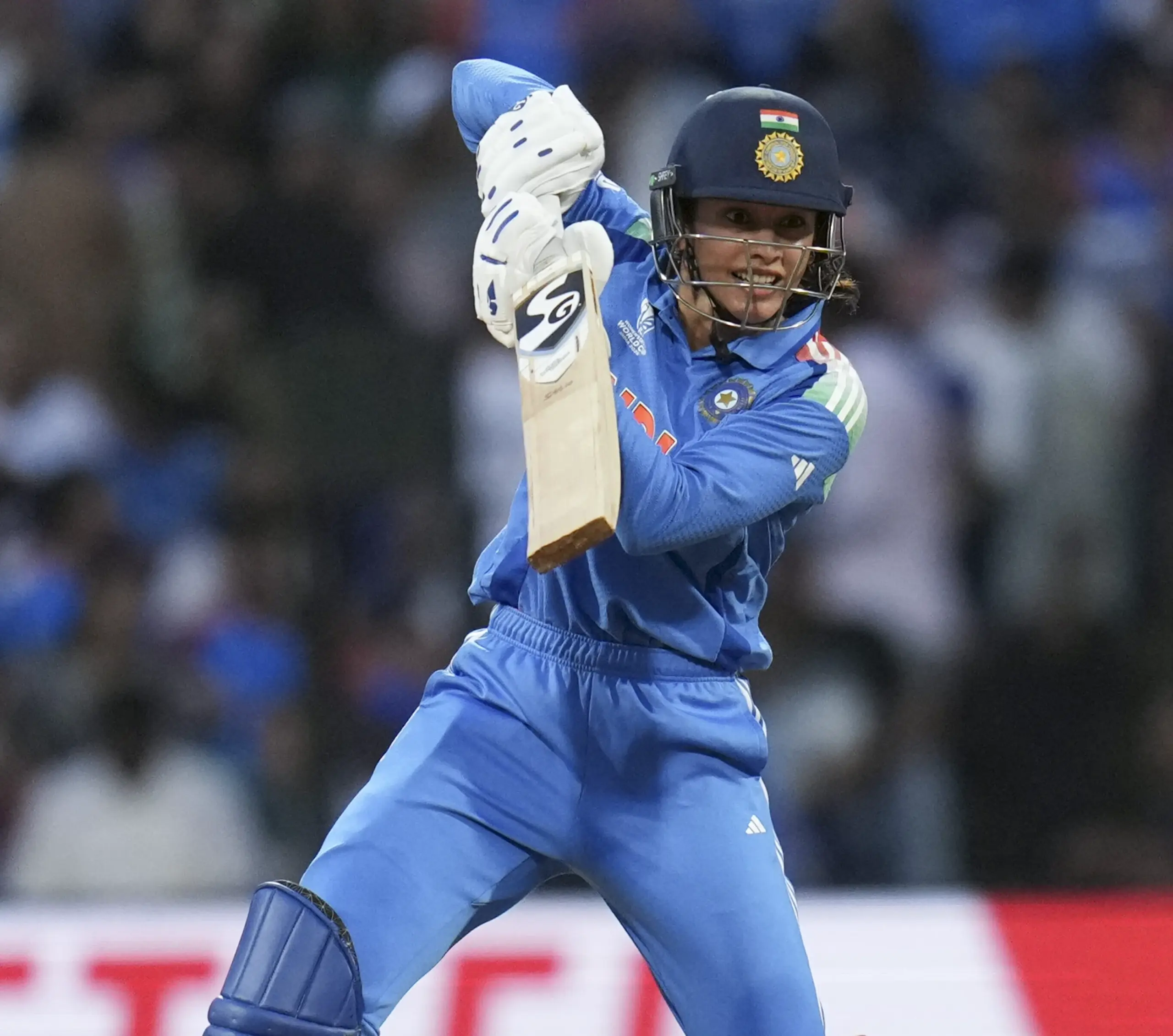Women’s subtle skills and delicate touch have breached the men’s cricketing bastion dominated by brute force and muscular strength.
While the world is busy decoding the commercial impact and social ramifications of Indian women’s phenomenal World Cup triumph, let us pause, take a breath and rejoice at rediscovering the beauty, charm and elegance of a sport, that have been sucked out of it by the T-20 revolution.
Many years back, while watching a women’s cricket match on television, my daughter asked me a question that set me thinking. Why is women’s cricket not popular and are they as good as men? This query, made in all innocence, fermented in my mind. It was a time when I was watching a lot of golf and trying to understand the mechanics of its most vital playing component, its swing.
The golf swing, its path and how to learn it are among the most discussed and debated technical aspects of any sport. It requires balance, stability and the upper body, shoulder rotation that takes years and years of coaching and practice to try and grasp even its basics.
The golf swing is much like watching an archer load the arrow and release it with perfect timing. It requires synchronisation between various parts of the body, a still head and a calm, focused mind. More than power, it requires being taut and supple at the right time to create the force for the arrow or the golf ball to go the required distance, and in the right direction. I also learnt that women pick up the swing skills not only much faster, they are much better than men in perfecting it. What they lack in power, because of their less muscle mass, they make it up with their extremely supple body and bones. Their shoulders rotate in perfect unison and watching them play can be an ideal learning lesson for a rookie male golfer.
Watching this women’s World Cup sent me back in many time periods. It reminded me of my very early days of being an apprentice reporter. The responsibility of dissecting the technique, flaws and strengths of those who were playing the game at the national and international levels was unnerving. My very modest achievement was of playing for my university team that in no way qualified me to pass judgment on those with a much superior level of skills and achievements.
What I could not learn through practice, I tried to achieve through reading. Donald Bradman’s seminal work, ‘The Art of Cricket’, became my long-lasting companion that taught me the technical rudiments of the game and its nuances that helped me cope with the demands of my professional pursuits with confidence.
When I covered my first One-Day International between India and England, which was also the first major match played at Chandigarh’s Sector 16 stadium, I was much better equipped to appreciate and describe David Gower hitting a back-foot six over cover, a rarity those days. Four decades later, watching Smriti Mandhana bat reminded me of Gower in full flow. The English left-handed batsman was the epitome of elegance and grace much like Mandhana is today, an embodiment of a velvety, silken touch without peer.
Mandhana conjures up magic with her subtle, wristy brushes. She caresses the ball without any trace of power or strength. The ball just slides from the bat and traverses the long arc, from third man to long off. Her stroke-making is a sight for sore eyes that are getting brutalised by raw power and force on display in men’s cricket.
Women’s cricket should also revive interest in the effectiveness of the deceptive trickery of slow spin bowling. First, a raw statistic. In men’s cricket, the average spin bowling speed these days ranges between 80 and 90 kmph and at times goes even beyond 90. In contrast, women spinners operate in the range between 65 and 75. Less speed means more flight and more turn.
Now, unwind in time, remember the Sixties and the Seventies and imagine Bishen Singh Bedi or Erapalli Prasanna bowl. Bedi was the master of loop, flight and spin. His innocuously tossed up balls were teasers that lured the batsmen to their doom. Technology has made the bats lighter, more powerful and the muscular force behind hitting the ball, combined with shorter boundaries and field restrictions, means the death of slow spin, especially in the shorter version of the game.
Now watch someone like Shree Charani bowl. I wonder had Bedi been alive today what he would have had to say about her wonderful control over flight and length. I can see him chuckle and willingly offer himself as guide, mentor and trainer for the women spin bowlers of our times.
Women’s cricket, despite its limited resources and exposure, gender biases and societal conditioning, has shown finesse and virtuosity that is fast vanishing from men’s cricket. The commercial world we live in today has little love for preserving anything – good or bad – as long as they can sell their goods and make profits. The World Cup win has pushed Indian women’s cricket to centre stage where they become more susceptible to “market forces”. That is a topic for another day. For the moment, let us celebrate the resilience and mental fortitude of women cricketers, apart from their obvious, pure skills.
